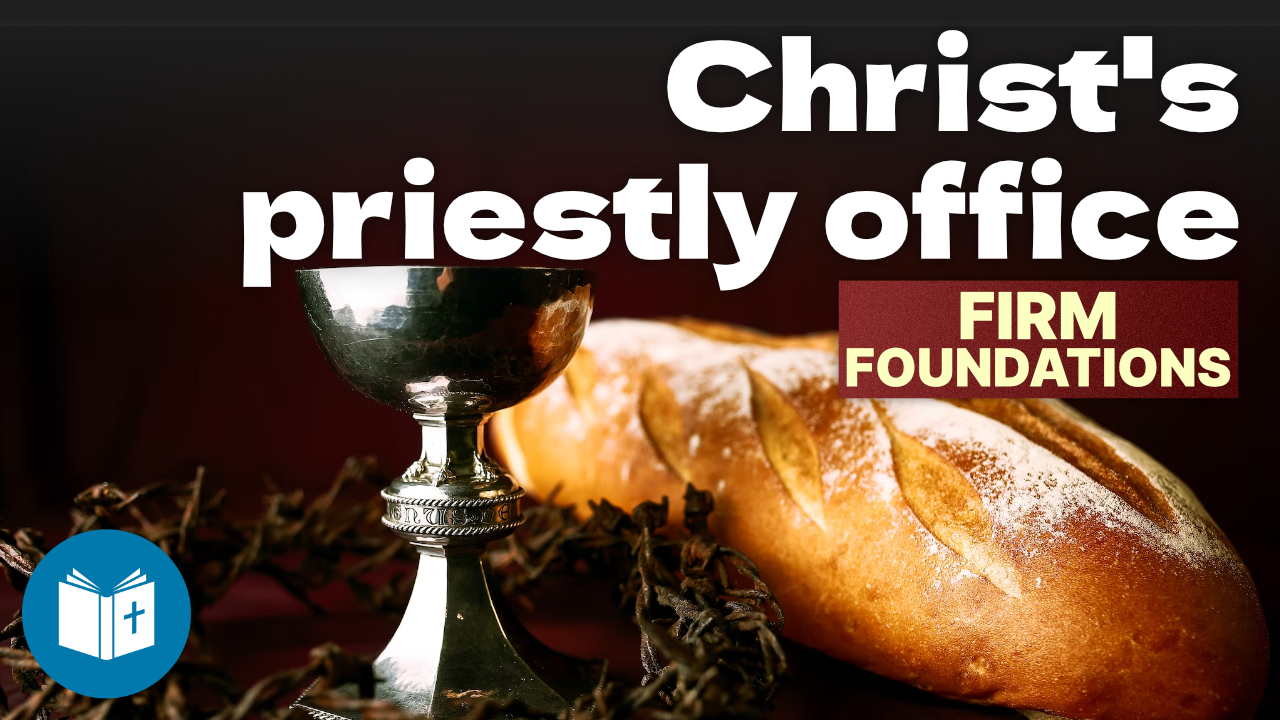For the first proper week of Church with UTB, we’re going to be starting a new series on the Sermon on the Mount. Please do have a look at that page if you need an explanation of how to make use of Church with UTB – but I will be producing more resources soon.
Sermon – “What the Christian Life is all about” (Matthew 5:1-12)
Suggested songs
- Come, people of the risen King
- God Rock (Children’s song – you will need to turn on captions to get the lyrics!)
- All I once held dear
- Guide me, O Thou great Redeemer
Bible readings
- Matthew 5:1-12 for the sermon (the video starts with the reading so you don’t need to have it read first)
- Psalm 98
Catechism
The catechism videos are undated, as it’s best to work your way through in sequence. Simply pick the next one from this playlist.
For more information about making use of this, see the Church with UTB page.










